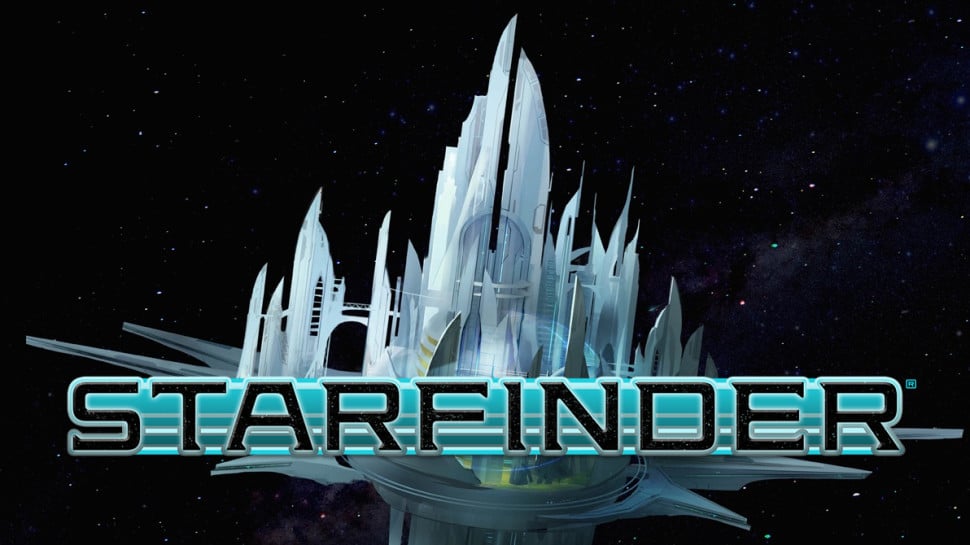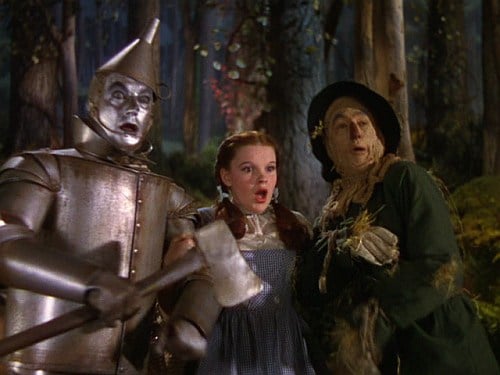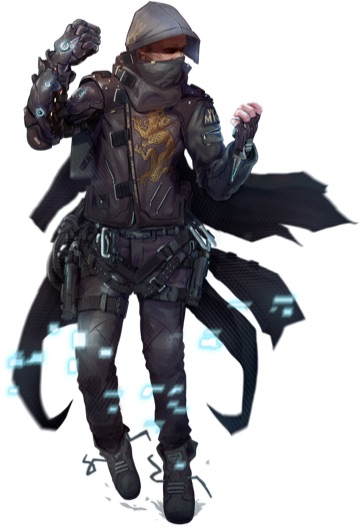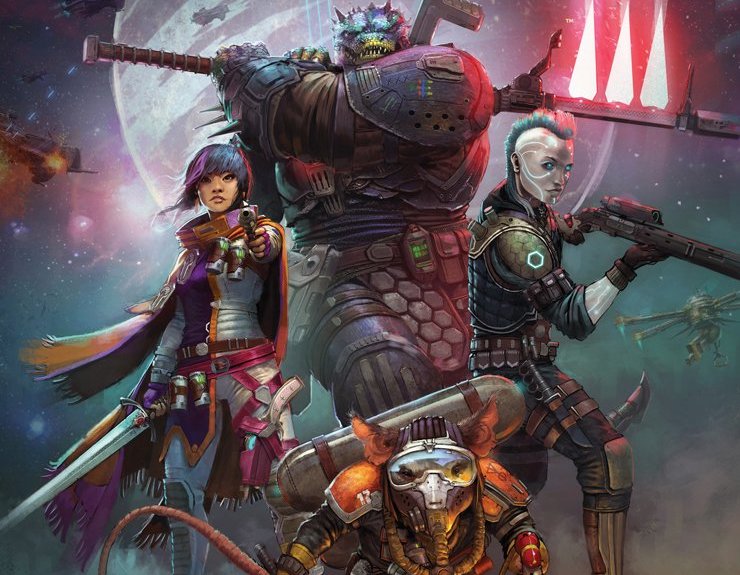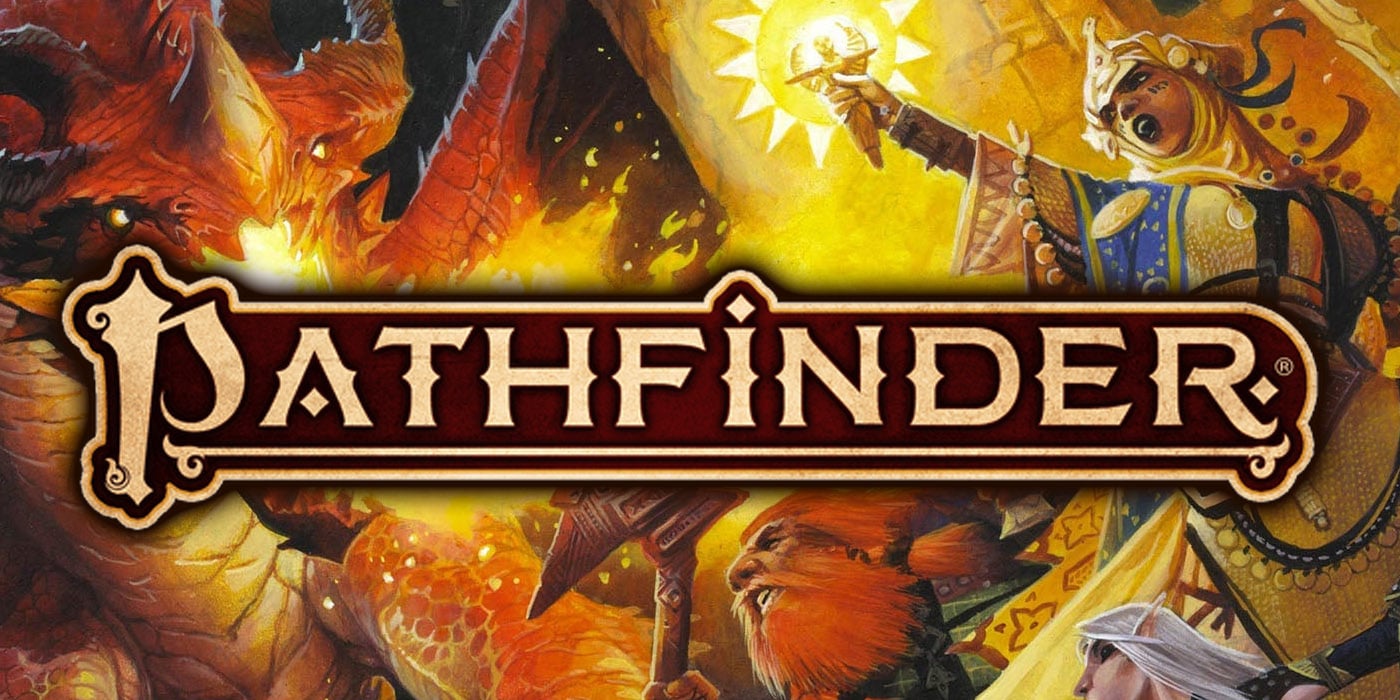Starfinder: All About Archetypes and Themes
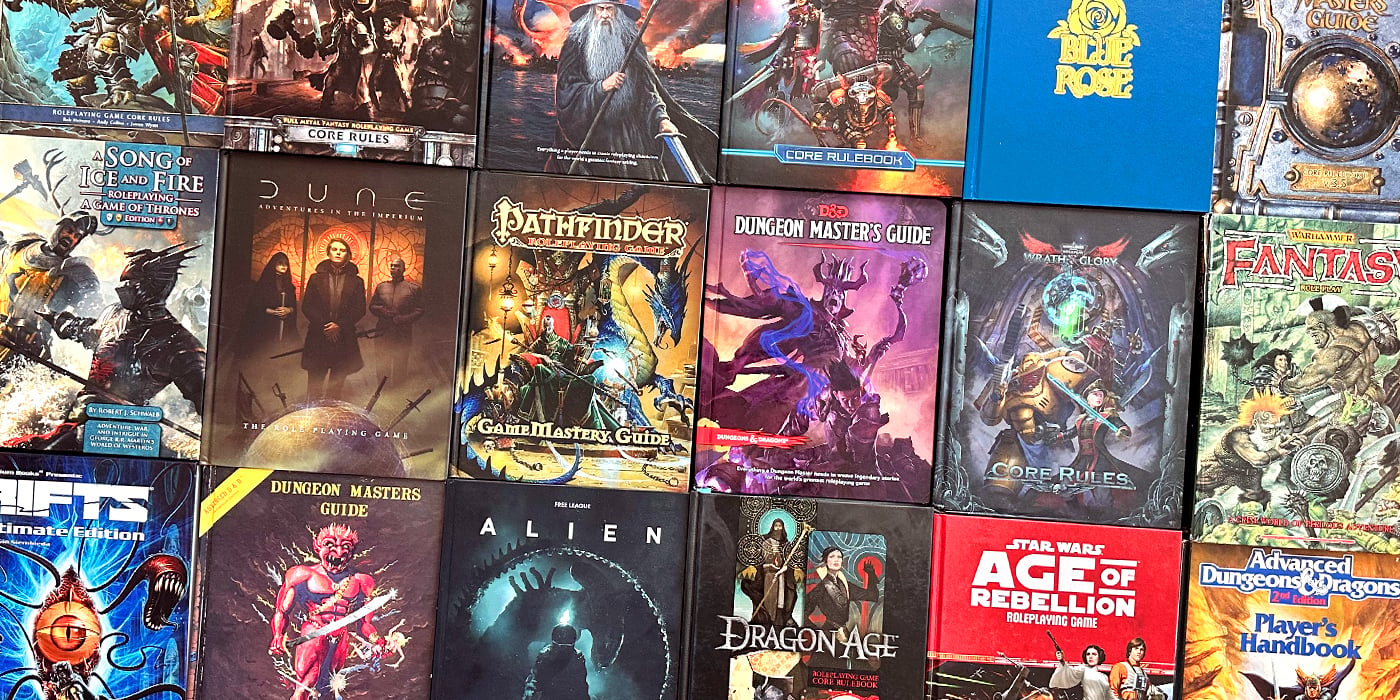

Starfinder has a ton of ways to unlock powers and customize your characters.
Starfinder characters are highly customizable. Of course, there are going to be a bunch of feats and gear and spells and so on to pick from, but more than that, each character will be built with a bit of conceptual flexibility/customization to them. Because in Starfinder, each character has a class, an archetype, and a theme.
Classes are probably the biggest part of your character. They’re the “what you do” side of the equation. Do you fight? Do you use magic/technology? Do you use finesse? You know the drill. There are seven classes all in all–the mystic, the technomancer, the soldier, the operative, the envoy, the solarion, and the mechanic–each with their own class features and abilities that differentiate them from the other classes. On top of that, each class has different specializations–these are extra tweaks that are a little like the character options in 5th Edition–is your Operative a Ghost or a Sniper? They change the way your class works.
They do not, however, tie your shoes.
Archetypes and Themes are an extra layer of customization on top of that. Archetypes work differently than they do in Pathfinder (Pathfinder Archetypes are probably closer to Starfinder’s specializations), so let’s take a closer look at those. According to the core rule book:
An archetype is a character concept more specific and involved than a theme, but not as comprehensive or broad as a class. Each archetype represents a significant divergence from the abilities of a typical member of the core classes. Archetypes provide an additional layer of control for players who want to fine-tune their character’s advancement. An archetype generally grants abilities that aren’t otherwise available to characters through a class, or it may grant easier access to a specific set of appropriate abilities. In general, these abilities aren’t tied to the background of any one core class or theme and aren’t available to characters via other sources.
AdvertisementUnlike Pathfinder archetypes, which must be designed for a single specific character class it can be added to, Starfinder archetypes are designed to be applicable to any character class. Each class has specific class features it gives up at set levels (2nd, 4th, 6th, 9th, 12th, and 18th) if the archetype provides an alternative class feature at that level (though not every archetype will need to have alternate class features at all those levels). An archetype thus becomes part of the class you attach it to, and that class loses a pre-determined ability at the levels the archetype grants you an alternative. For example, the Starfinder Core Rulebook has two archetypes—the phrenic adept and the Starfinder forerunner. The phrenic adept has alternate class features at every level it can—2nd, 4th, 6th, 9th, 12th, and 18th—while the Starfinder forerunner only provides alternate class features at 2nd, 4th, and 6th.
So basically Archetypes give your character access to a different kind of class. Want to be a warrior who uses magic? Archetypes are one way to do it. Want to beef up your low-skill Soldier with some specializaed training? Hey I bet the Starfinder Society archetype is gonna be good for that. They help round out your character, it sounds like–a little like feats, but representing more specialized training, or exposure to strange alien radiation or the like.
The Starfinder forerunner represents the result of special training given to members of the Starfinder Society who do advanced work to prepare for Starfinder expeditions, and often serve as guides on such expeditions. Neither is designed to be as all-encompassing as a full character class, but both represent more new abilities than should be contained in 1 or 2 feats. As the Starfinder RPG grows, we’ll be looking for places it makes sense for a new option to be more than a feat or theme but less than a class, and then using archetypes to make those available to characters of any class.
As a preview of what archetype features look like, here is the ability gained by the phrenic adept at 4th level.
AdvertisementPhrenic Defense (Ex): Your psychic powers give you additional defenses against mental attacks. The first time you fail a saving throw against a spell or effect with the emotion, fear, mind-affecting, or pain descriptor (see page 269), you can spend 1 Resolve Point as a reaction to immediately reroll the failed saving throw.
Even if the second saving throw fails, your stronger defenses might reduce the effect of the spell or ability. If the spell or ability deals damage, reduce the damage done by an amount equal to your class level. If the spell or ability has a duration of 2 rounds or longer, reduce its duration by half.
Now that you understand how Archetypes fit into everything, let’s take a look at themes. Themes are a lot like your background–they represent your job or place in the world. So an operative might be someone who uses skills that a criminal might have, right, but an Outlaw does crimes, for instance. Each theme has its own suite of benefits that you’ll gain access to at 1st, 6th, 12th, and 18th level, as well as a +1 bonus to an applicable stat. So not as class-changing as an archetype, but still mechanically impactful on the game.
Other ways of being mechanically impactful include: laser axes and sniper rifles.
There are nine themes all in all:
The nine themes (and the themeless option) are described briefly below.
Ace Pilot: Thanks to steady hands and nerves of steel, you are skilled at operating starships and other vehicles.
Bounty Hunter: Almost nothing will stop you from tracking down your quarries and returning them dead or alive.
Icon: You are a popular and respected celebrity within the bounds of colonized space.
Mercenary: You are a well-trained soldier of fortune who works well with your companions in battle.
Outlaw: Whether you’re guilty or not, somebody wants to see you behind bars—or worse.
Priest: Your unshakable devotion to a philosophy or religion forms the core of your personality.
AdvertisementScholar: As an academic, you have a broad knowledge base and a thirst to expand it.
Spacefarer: You live your life among the stars, seeking new worlds to explore and yearning for the next adventure.
Xenoseeker: As you travel outside of Pact Worlds space, you strive to make first contact with alien life forms.
Themeless: You don’t fit neatly into any of the above categories, or you see yourself as a blank slate.
The abilities gained by each theme at 1st, 6th, 12th, and 18th level are useful and appropriate to the theme, but not so overpowering as to be a mandatory part of any effective character build. Below are examples of a few theme abilities—the 1st level ability gained by themeless characters (general knowledge), and the 6th level ability gained by the xenoseeker (quick pidgin).
General Knowledge (Themeless, 1st): You gain a class skill of your choice when you create a themeless character. You also gain an ability adjustment of +1 to any ability score you choose.
Quick Pidgin (Xenoseeker, 6th): If you don’t share a language with creatures you encounter, you and the creatures can spend 10 minutes attempting to converse (if they are willing), after which you attempt a DC 25 Culture check. If you succeed, you formulate a simple pidgin language that allows basic communication. You can use the pidgin language with those specific creatures only, but you gain a +2 bonus to Culture checks to create a pidgin language with similar creatures that speak the same language.
Advertisement
Each of them come with a power and they’ve got a way to customize your character just a little further. Actually, having read through these I’m worried it might be layering on too much complexity in the game–I mean each character has a class, subclass, archetype, and theme–potentially. But I know that (for comparison) 5th Edition characters also have a subclass and a background–and that’s definitely not too much information to juggle–but the themes and archetypes feel like they’re too interwoven to the rules, perhaps. We’ll just have to wait and see.
In the meantime though, what do you think? Too much complexity? Not enough? Are these choices meaningful?

